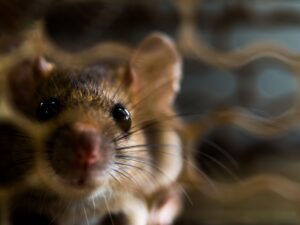Posts
Mice Removal San Diego and Palm Desert Few things are more unsettling than discovering mice in your home or business. These small rodents may seem harmless at first glance, but they can quickly cause serious problems — from contaminating food and spreading disease to chewing through wires and insulation. In warm regions like San Diego…
Read MoreBed Bugs in San Diego and Palm Desert Bed bugs are among the most persistent and stressful pests homeowners and businesses can encounter. These tiny, reddish-brown insects feed on human blood and are notorious for being difficult to eliminate once they infest a property. In warm climates like San Diego and Palm Desert, bed bugs…
Read MoreFall Rodent and Pest Surge: How Cartwright Termite & Pest Control Keeps San Diego and Palm Desert Homes Protected As the temperatures drop and the days grow shorter, fall often brings more than just cooler weather and colorful leaves—it also brings a surge in unwanted pests. While many people associate insects and rodents with summer,…
Read More


